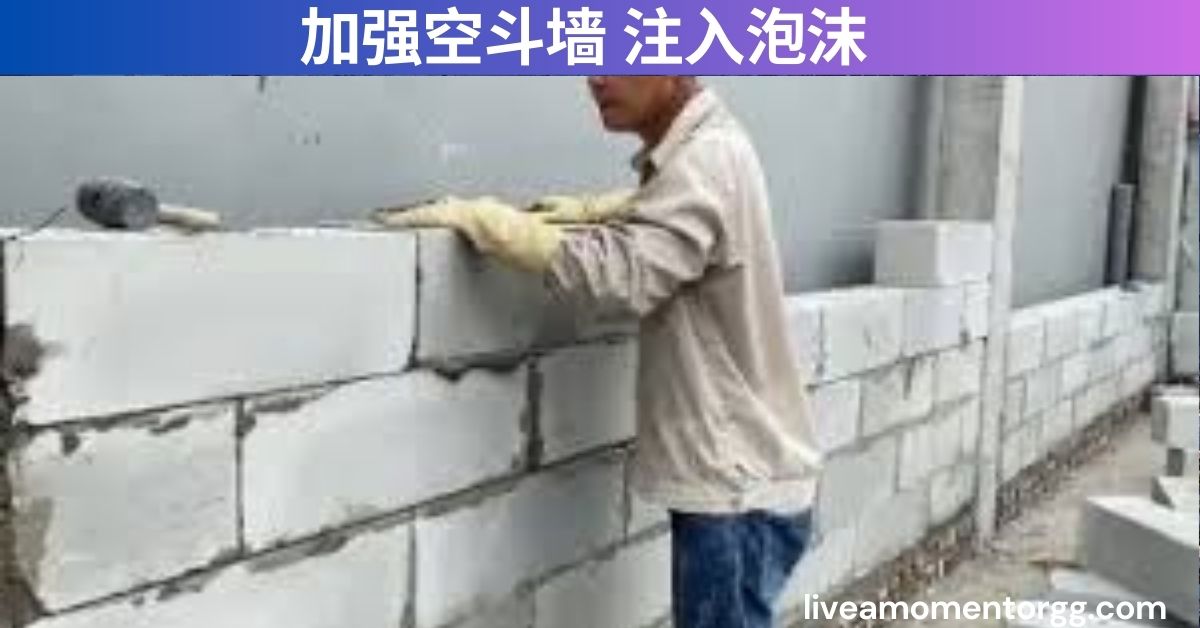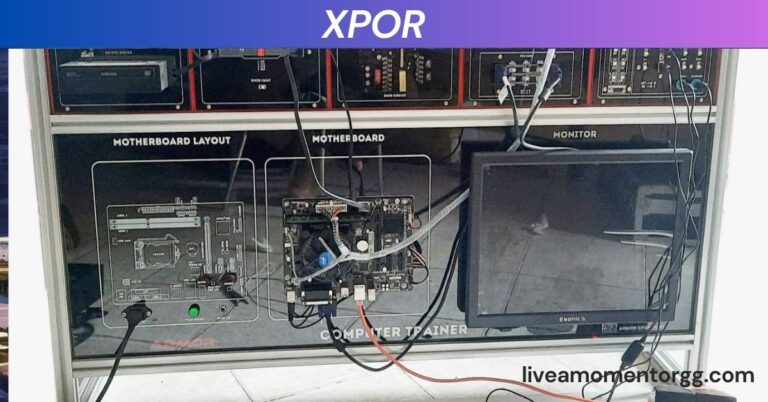加强空斗墙 注入泡沫: A Comprehensive Guide
In modern construction, ensuring the stability and durability of a building’s structure is of paramount importance. One innovative technique that has gained popularity in recent years is the process of strengthening hollow walls with foam injection (加强空斗墙 注入泡沫). This method involves injecting foam into hollow walls to enhance their strength, insulation, and overall performance. Whether you’re a homeowner looking to reinforce your property or a professional in the construction industry, understanding the benefits and applications of this technique is crucial.
In this article, we will provide a detailed overview of 加强空斗墙 注入泡沫, covering everything from its basic principles to its real-world applications. We will also explore the key advantages of using foam injection, the materials involved, and frequently asked questions to ensure you have all the information you need to make an informed decision.
What is 加强空斗墙 注入泡沫 (Strengthening Hollow Walls with Foam Injection)?
加强空斗墙 注入泡沫 refers to the process of injecting expanding foam into hollow walls to strengthen and insulate them. Hollow walls, which are commonly found in residential and commercial buildings, often suffer from structural weaknesses that can affect their stability and energy efficiency. By injecting foam into the cavity, the wall becomes more solid, resistant to damage, and better insulated against temperature changes and noise.
This technique is typically used in buildings with concrete or masonry walls that have cavities between the layers. The foam expands within the cavity, filling empty spaces and hardening over time to provide a more robust and stable structure. Foam injection is considered a cost-effective and less invasive method compared to traditional wall reinforcement techniques.

The Process of 加强空斗墙 注入泡沫: How Does It Work?
The process of strengthening hollow walls with foam injection involves several key steps:
1. Assessment and Preparation
Before any foam is injected, the walls are thoroughly assessed to ensure foam injection is appropriate. This involves inspecting the type of wall, its condition, and the size of the cavity. A professional contractor will identify any potential issues, such as moisture buildup or cracks, which might affect the foam’s ability to adhere.
2. Drilling Small Holes
Small holes are drilled into the wall at specific points to access the hollow cavity. These holes are typically placed at strategic locations to ensure an even distribution of foam across the cavity.
3. Injection of Foam
Once the holes are drilled, a special foam injection system is used to pump the foam into the wall cavity. The foam is a specially formulated material that expands after being injected, filling the entire cavity and forming a solid structure as it hardens.
4. Sealing and Finishing
After the foam has been injected and allowed to expand and harden, the holes are sealed, and the wall is smoothed to restore its appearance. Depending on the application, the wall may be repainted or finished to match the surrounding decor.
Also Read: Alex Charfen Billionaire Singular Focus: The Power of Unwavering Dedication to Success
Types of Foam Used in 加强空斗墙 注入泡沫
The foam used in 加强空斗墙 注入泡沫 is typically a polyurethane-based material, although other types of foam can also be used depending on the specific needs of the project. Polyurethane foam is favored for its ability to expand and form a solid, durable structure when it hardens.
There are two main types of foam commonly used in this technique:
1. Closed-Cell Foam
Closed-cell foam has a higher density and is more rigid. It is an excellent choice for strengthening walls and providing additional structural support. Closed-cell foam is also more resistant to moisture, making it suitable for environments where water penetration is a concern.
2. Open-Cell Foam
Open-cell foam is less dense and more flexible. While it may not provide as much structural support as closed-cell foam, it is an excellent choice for insulation purposes. Open-cell foam is ideal for reducing sound transmission and improving the thermal efficiency of a building.
The Benefits of 加强空斗墙 注入泡沫
Using foam injection to strengthen hollow walls offers several key benefits:
1. Increased Structural Strength
The most obvious benefit of 加强空斗墙 注入泡沫 is the increase in structural integrity. The foam fills the voids in the cavity, providing additional support to the wall. This process helps prevent cracks, bowing, or other structural issues that may arise in the future.
2. Enhanced Insulation
Foam injection provides significant improvements in a building’s insulation properties. By filling the cavity with foam, the wall becomes more resistant to heat loss and cold air infiltration. This leads to improved energy efficiency, which can help reduce heating and cooling costs in both residential and commercial properties.
3. Noise Reduction
Another advantage of strengthening hollow walls with foam injection is improved soundproofing. The foam acts as a barrier that helps reduce the transmission of sound between rooms or from outside sources, making your space quieter and more comfortable.
Also Read: McNeilus 1574810: A Key Component for Efficient Waste Collection
4. Moisture Resistance
The foam used in 加强空斗墙 注入泡沫 can also help prevent moisture from entering the wall cavity. This is especially beneficial in areas with high humidity or where water penetration is a concern. The foam forms a barrier that helps keep the walls dry and free from mold or mildew.
5. Cost-Effective Solution
Compared to traditional methods of wall reinforcement, foam injection is a more cost-effective option. It is a faster and less invasive process, which reduces labor costs and the need for extensive repairs. In addition, foam injection can be applied to existing structures without the need for major renovations or demolition.
Applications of 加强空斗墙 注入泡沫 in Construction
The technique of 加强空斗墙 注入泡沫 can be applied in a variety of construction scenarios, including:
1. Residential Buildings
In homes, hollow walls can be found in areas such as interior partitions, exterior walls, and crawl spaces. Injecting foam into these spaces can strengthen the walls and improve energy efficiency, making it a popular choice for homeowners looking to reduce energy bills and enhance their living environment.
2. Commercial Buildings
For commercial properties, foam injection can be used to reinforce load-bearing walls or improve soundproofing in office spaces, conference rooms, or retail areas. It is also useful in improving thermal efficiency and reducing operating costs.
3. Restoration Projects
Foam injection is an excellent solution for historical building restoration projects. It can be used to reinforce existing structures without compromising their appearance or integrity. The minimal invasiveness of the process ensures that the original architecture is preserved while improving the building’s strength and insulation.
4. Industrial Applications
In industrial settings, foam injection can be used to strengthen walls that support heavy machinery or equipment. It can also improve the overall safety and stability of a factory or warehouse.
Also Read: Showlove: The Ultimate Social Platform to Request, Give, and Receive the Gifts You Really Want
FAQs About 加强空斗墙 注入泡沫
What is the main purpose of foam injection for hollow walls?
The primary purpose of foam injection is to strengthen hollow walls, improve insulation, and reduce noise transmission. It also enhances the energy efficiency of the building.
Is foam injection safe for all types of walls?
Foam injection is safe for most types of walls, including concrete and masonry. However, it is important to have a professional assess the condition of the wall before proceeding.
How long does foam injection take to complete?
The foam injection process is relatively quick, typically taking only a few hours to complete. However, the curing time for the foam may take up to 24 hours.
Will foam injection damage my walls?
When done correctly, foam injection will not damage your walls. In fact, it can help reinforce and stabilize them. However, improper application can lead to problems, so it is essential to hire a professional contractor.
How much does foam injection cost?
The cost of foam injection can vary depending on the size of the wall cavity and the materials used. On average, homeowners can expect to pay between $500 and $1,500 for foam injection.
Conclusion
加强空斗墙 注入泡沫 is an effective and innovative technique for strengthening hollow walls. Whether you’re looking to improve your home’s energy efficiency, reinforce structural integrity, or reduce noise, foam injection provides a cost-effective and durable solution. By understanding the process, benefits, and applications of foam injection, you can make an informed decision on whether this method is right for your needs.
If you’re considering foam injection for your hollow walls, be sure to consult with a professional contractor to ensure the best results.






